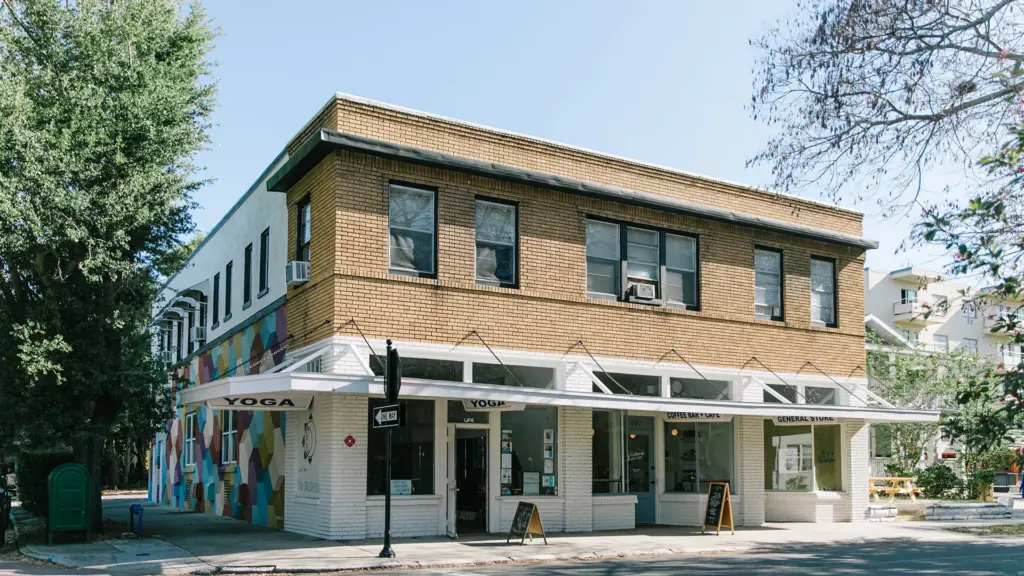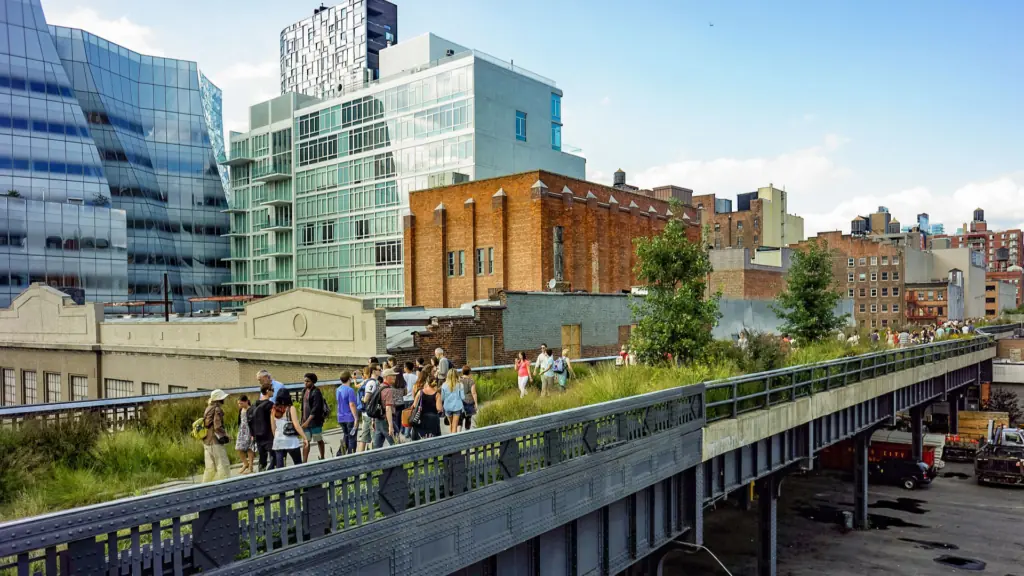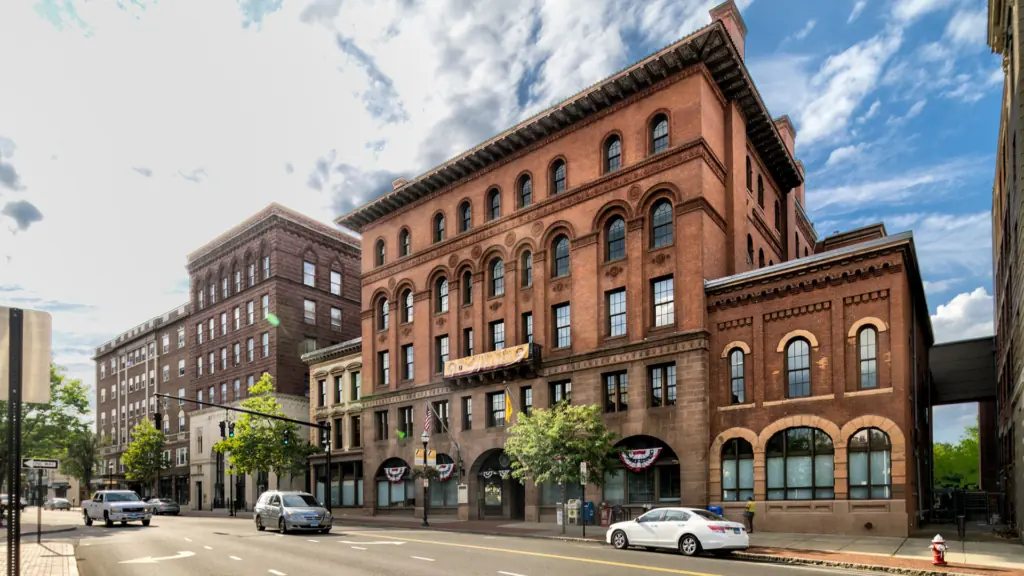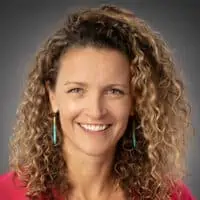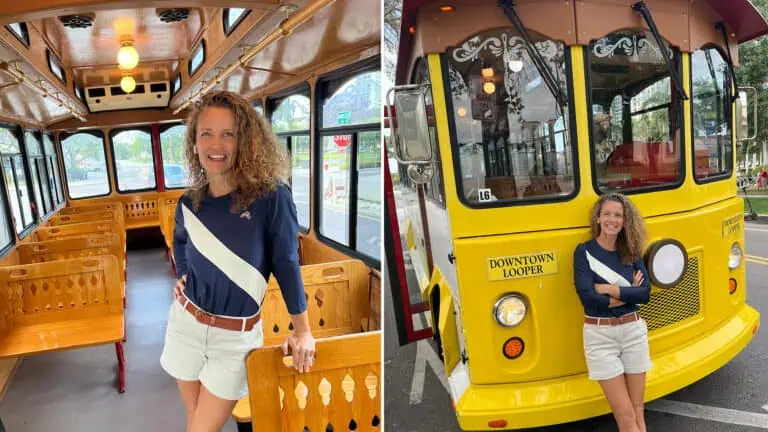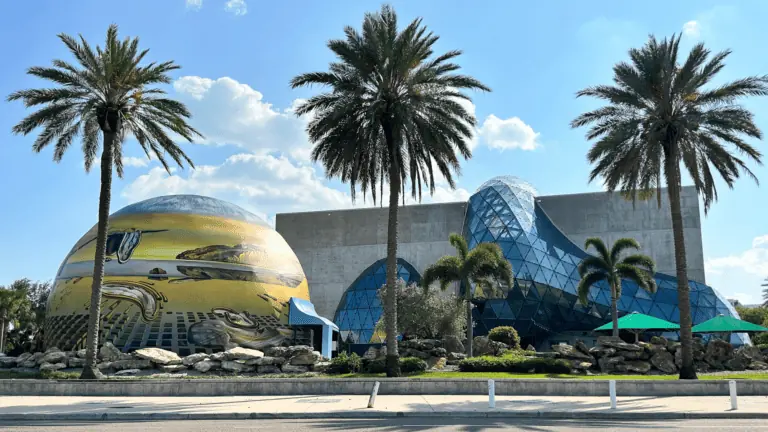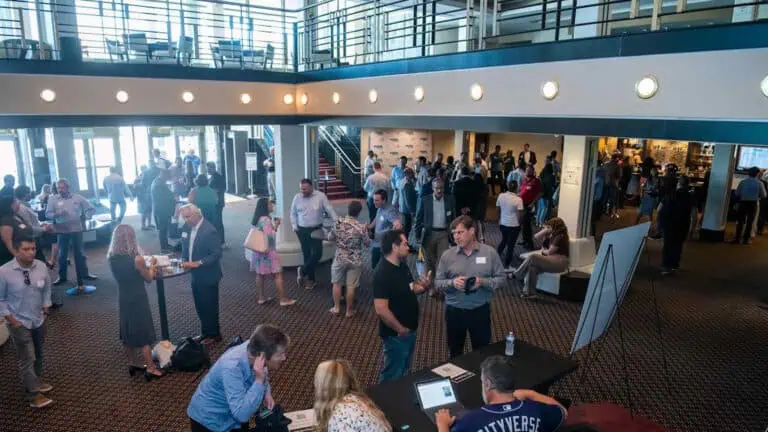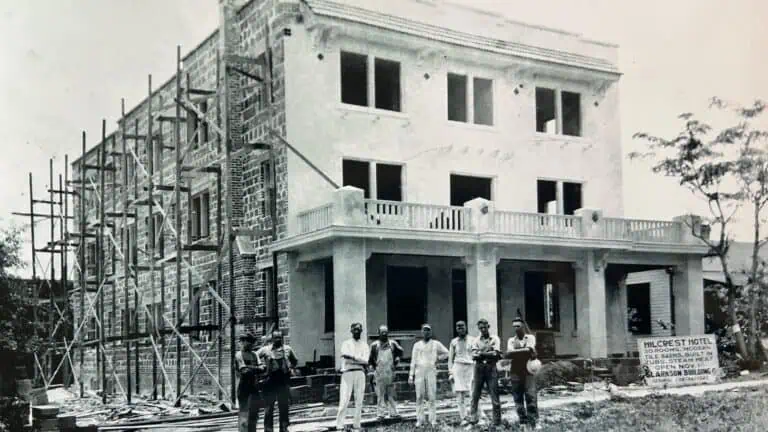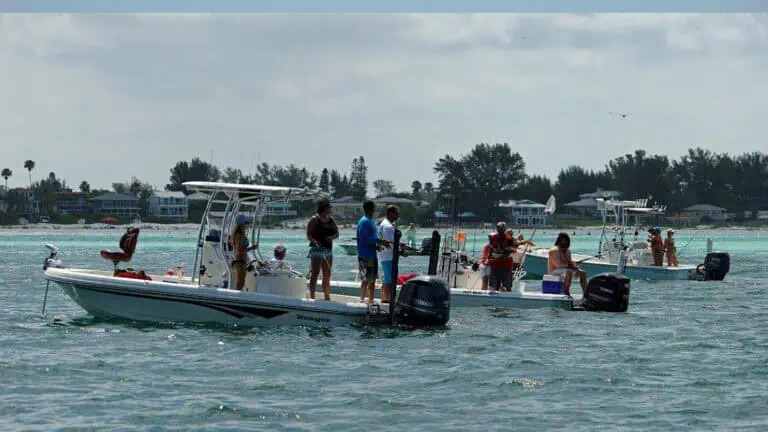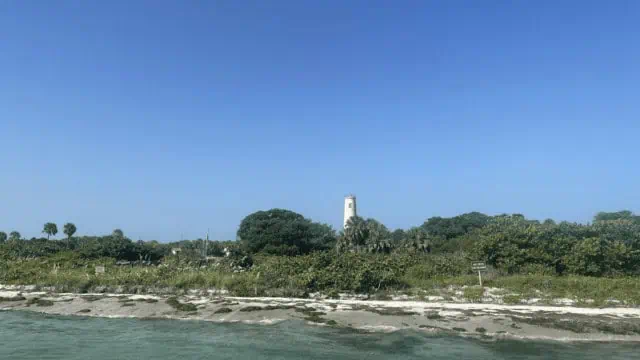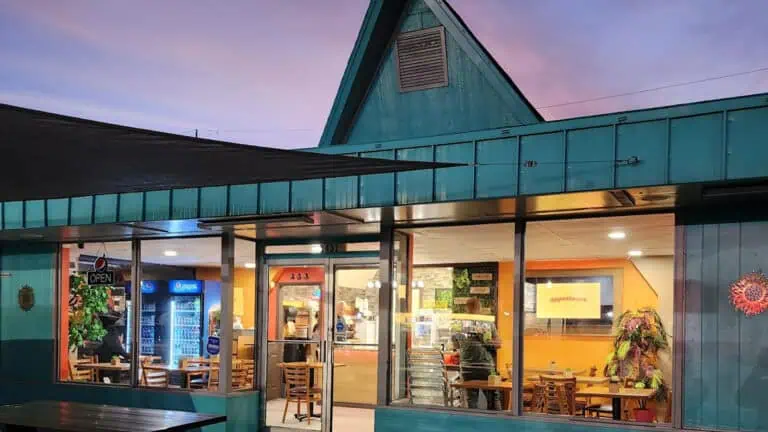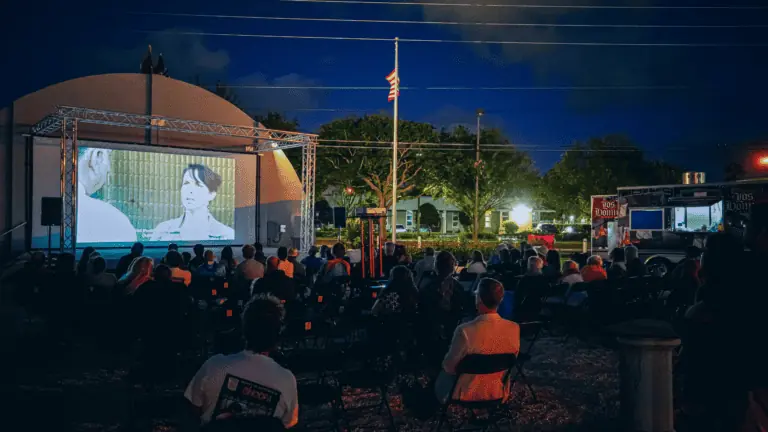The Developer’s Council of the Downtown Partnership heard from national experts on Placemaking at their quarterly meeting on Tuesday evening.
Cassandra Borchers, Charles Warren, and John Loughran of national engineering and professional services firm WSP USA, spoke about the importance of leveraging what is unique and special about a community to create a mixed-use destination that reflects a community’s goals and desires and meets the needs of residents’ and businesses.
ADVERTISEMENT
Downtown Partnership CEO Jason Mathis notes that it’s a timely conversation to have, in view of the recent announcement that the Rays and Hines are moving forward with their plans to redevelop the Historic Gas Plant District. “As our urban center continues to evolve, it will be even more important for us to work collectively to maintain the sense of place we all love about St. Pete. To that end, the Downtown Partnership invited national place making experts to share their strategies for enhancing our downtown in the face of unprecedented growth,” Mathis commented.
The three speakers highlighted the positive benefits that Placemaking offers for both residents and developers. Properly done, Placemaking increases the social connection and engagement of residents, while also providing a positive economic benefit to the developers and cities who actually shoulder the financial risk of the development project.
Charles Warren, WSP’s Vice President for Real Estate Finance and Value Capture, cautioned that in today’s market, the most successful projects are where the development community works together to advance a goal. As financing becomes tighter and underwriting more difficult, he recommends getting creative about funding and exploring joint ventures between public and private entities. He noted that, while major projects like the SunRunner have an obvious community benefit, even small infrastructure projects like new sidewalks, and or freshly painted crosswalks can benefit an entire street or corridor, and should not be overlooked as partnership opportunities.
ADVERTISEMENT
The experts cited a number of successful examples of Placemaking, both nationally and locally. New Britain, Connecticut, a former industrial town, recently restored many of the historic four and five-story brick buildings around its town square, drawing crowds to the charming area, which in turn spurred new development from entrepreneurs seeing an opportunity in the increased population density.
New York City’s High Line, a public park built on a historic elevated rail line, is often cited as a gold standard of Placemaking, but the WSP experts also touted St. Pete’s own Grand Central District as a perfect example: revitalizing an old commercial center along Central Avenue and bringing new life to that area. John Loughran, head of WSP’s Urban Design and Placemaking practice also highlighted St. Pete’s architecture, its street grid, and its culture of the waterfront as key assets to future Placemaking projects here.
The speakers were asked what should come first in a new development project like the virtually blank slate of the Historic Gas Plant project from Hines and the Rays.
Charles Warren didn’t hesitate with his answer. “Retail. Retail creates a destination. Quickly followed by residential.”
He noted that retailers “move in herds” and often require significant subsidies to move into a new area, but once you get a few key retailers, more will follow. To get good retailers to move into a newly developing area often requires a substantial amount of subsidies, Warren advised, making sure to add “And those sweetheart deals should be given to local retailers too.”
Cassandra Borchers, new to WSP after 10 years working for the Pinellas Suncoast Transit Authority, stressed the importance of balancing the needs of residents and businesses by making sure that projects are local, sustainable, equitable, and desirable. She highlighted the goal of being “future ready” and growing the community and economy while also maintaining the things that we have that are special and unique.
Mack Feldman, Chair of the Downtown Partnership’s Development Council, said “We were very lucky to have three national placemaking experts from WSP speak to our group. St. Pete’s a living case study on how a thoughtful built environment can really set a city apart from its peers. We do a great job blending the new with the old and we’ve been lucky to have a development community that understands the importance of the pedestrian experience. The WSP team validated a lot of what we’re already doing and gave us some exciting goals to work towards.”
ADVERTISEMENT






